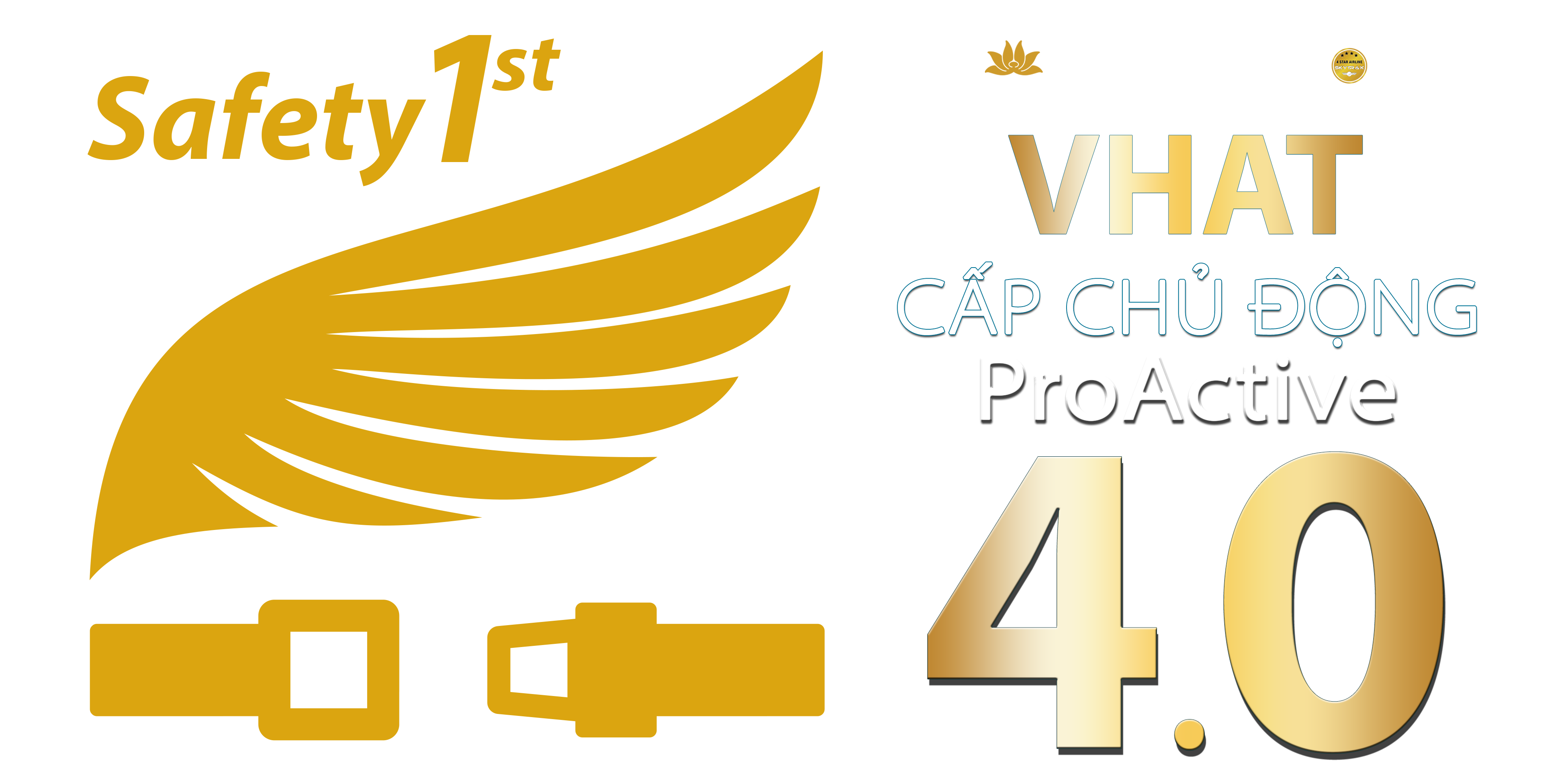A.2. Working the system behaviour
An employee is demonstrating ‘working the system behaviour’ when he/she is helping others find their way (For e.g: teaching or instructing others), or demonstrate to have a sound knowledge of working the system, i.e completing his assigned duties in time and efficiently.
This behavior category is split into 2 groups:
- Teaching the system
- Working the system
This the the most common behaviour category in any functional organisation.
A.2.1. Teaching the system behaviour
Becoming a teacher, sharing lessons learnt, is not only a major milestone in the development of a professional but is also a significant contribution to a safety culture.
For the individual, being able to
teach means that he or she has internalised and understood the working of the
system or the experience to such a degree that it can be transferred to others.
This will also accelerate this persons own learning even more. In a well
established Just Culture, “teachers” in senior position greatly add to the
credibility of the system as a whole as well as improving the feeling of
safety: you demonstrate that people can learn lessons and are not punished but
are enabled to learn and to share.
International Example: The pilot wrote an article in the safety magazine for his colleagues how he misheard the heading for flight level clearance. Instead of turning to heading 080 (“Turn right heading zero eight zero”), he CLIMBED his aircraft to flight level 080 (as if he had understood “climb flight level zero eight zero”). Thus, his aircraft came into conflict with another aircraft that was descending to FL070 and this had to be solved by ATC. In hindsight, the pilot agreed that he mistakenly took the heading for a flight level and wrote extensively about this in the safety magazine of his airline company.
VNA Example 1: A technician volunteered to report about his mistake of forgetting to insert bushing when replacing shock absorber dynamic seals. After investigation following MEDA, the system has generated 03 quality reports, changed 04 related SOP and inputting 08 potential risks in HIRA management. This helped improve the Safety management system in reporting similar technical issues.
VNA Example 2: During safety briefings, individual technicians share their information on safety issues or safety incidents for the whole team to learn from.
A.2.2. Working the system
An employee demonstrating his capability to work the system, indicates
that he is capable of completing his assigned duties on time and effectively.
This also means that he has been able to take
a complex set of rules and instructions, internalised this, tied it into his or
her own experience and is able to act upon it succesfully.
In this area, it should be recognised that these are the people who are making the system work. This is where 99% of the safety that any organisation provides is actually produced. This is where qualities like discipline, perseverence, accuracy, consistency and openness in learning are rewarded.
This
behaviour
category should
be constantly recognised and rewarded. Acknowledge operational excellence and consistency,
pay attention to
all
personnel, from those who effectively do
their rounds to
the more extroverted personnel who are continuously working on special cases. Rewarding in this
area is a key responsiblity of supervisors and senior management.
International Example: The crew had completed the landing checklist and were stable and established before they reached 1000 ft.
VNA Example: VNA’s flight crew maintaining safety and complete go-round when the aircraft proceeds with unstabilised approach below 1000 ft.

